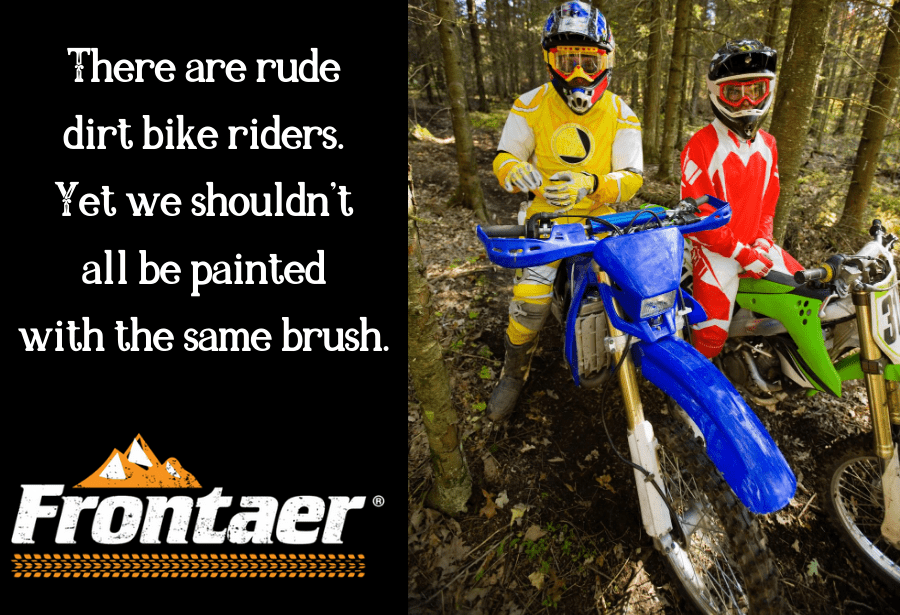You’ve probably been curious as to what a motorcycle fairing is. That answer is actually quite simple:
Motorcycle fairings are hard panels (typically fibreglass, aluminium and hard plastic) that are fitted to the front of motorcycles to increase their aerodynamics and provide more comfort to the rider. By deflecting the wind, riders face less resistance through the wind which allows the motorcycle to accelerate faster and reach higher top speeds. Likewise, fairings can reduce the helmet noise and overall discomfort that comes with riding a motorcycle.

If you’ve ever felt like this heavy force is trying to push your off your motorcycle when riding at highway speeds, then installing a fairing could be just the ticket you need to more comfortable riding. Many riders of various motorcycles get these installed and are glad that they made the investment.
Motorcycle Fairings at a Glance
The use of motorcycle fairings aren’t new, but more and more riders today are choosing to use these to have greater comfort on the roads. Just like the advancements in motorcycle technology, helmet technology and overall ergonomics, fairings have come a long way in these past decades.
These sometimes are added by the factory before shipping as a stock item. At other times, they may be added by the dealer in a particular area to increase sales. For dealers in cold climates, they may add fairings to increase sales since riders are likely going to need these installed regardless.
Many motorcycle fairings are available aftermarket both by the manufacturer and by 3rd parties. Various styles are available as well as building materials. It’s important that you double-check your model year when ordering as attachment points can change as can sizing and specifications.
Types of Motorcycle Fairings
Did you know that there are various types of motorcycle fairings. At a glance:
- Quarter fairings. These are very small and generally, they just cover the area around the headlight. It’s most common to see these with stock-standard motorcycles.
- Half fairings. This will have a windscreen that still allows some airflow to reach the rider’s helmet, but does provide some comfort to the user.
- Full fairings. This is a full-sized windscreen and airflow channels which is the best shot at deflecting the wind for the rider. There is additional weight generated by adding these fairings but additionally, more comfort and stability at speed.
- Oversized fairings. Kawasaki created the Concours which is absolutely oversize with its fairings but allowed a cruiser-like feel for what is actually a sports bike.
- Wheel fairings. Have you seen fairings on dirt bike tyres? These are typically to stop dirt and debris from reaching the rider, as opposed to aerodynamic advantages.
These fairings are integral to most motorcycles these days. That said – this has given rise to the ‘naked’ line of motorcycles which are simply raw and real, without ‘all that plastic stuff’ attached.
Inherit Benefits
So outside the comfort and aerodynamic advantages, what does having a fairing really help do for the rider? Well, there are some benefits that aren’t so obvious.
Motorcycle fairings help riders by:
- Deflecting cold air which allows riders to stay focused on the road ahead.
- Enhances the cockpit area so riders can attach devices such as phones, a GPS or even a navigational guidebook. This is why you see Dakar riders with big fairings, as they need the space to fit more gear.
- Enhances the look and resale value of your motorcycle. Let’s admit it – most bikes with fairings look way better.
- Allowing riders to create an individualized riding experience. Most riders are unique creatures and by fitting a fairing, they’re able to create a custom experience that will last for years to come.
Generally, the motorcycles that don’t come from the factory with fairings are dirt bikes, naked motorcycles, cafe racers and scooters.
Would we recommend one? Absolutely. They are expensive as typically they are one-off designs or have a short production run. You may have to source these from other countries, especially if you have an older motorcycle and just broke your fairing.








